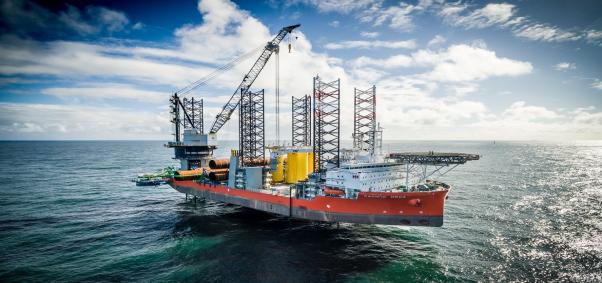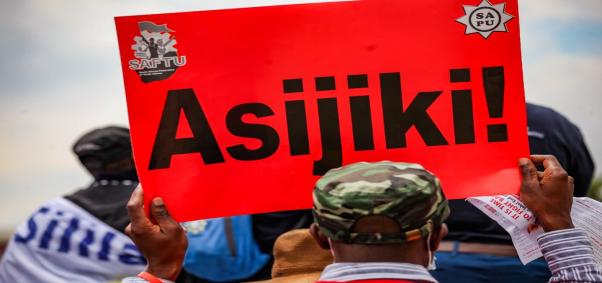
This essay was originally published in The World in 2018.
Climate Policy in 2018
by Helen Mountford
Helen Mountford is the Programme Director for the New Climate Economy and Director of Economics at the World Resources Institute (WRI).
Momentum behind the global shift toward a low-carbon economy continues to build, despite recent hiccoughs. Even as the global economy grew, 2016 marked the third year in a row in which CO2 emissions remained flat. At the national scale, this trend is supported by a rising number of countries that are increasing GDP while reducing carbon emissions.
National governments have followed a variety of paths to decouple economic growth from GHG emissions. This includes implementing ambitious carbon pricing in 42 countries and over 25 states, provinces or cities; rapidly increasing renewable energy deployment and production, as in India, where the government has set a goal of increasing renewable power generation capacity to 175 gigawatts by 2022; and major commitments by tropical forested countries and consumer goods companies to halt deforestation in supply chains and restore degraded lands.
In June 2017, however, the Trump Administration announced that the United States would withdraw from the Paris Agreement, based on spurious and outdated claims that the cost of acting on climate change would be too great. While no country has followed the US in its decision, in many other countries nationalist political agendas are rising, along with widespread disillusionment over the benefits of globalization and international cooperation. This emerging sentiment could well destabilize many of the gains made in recent years on the climate agenda, amongst others. Despite the political rhetoric, the reality is that record low interest rates, new financing models, and rapid technological developments make this an opportune moment to deliver inclusive and sustainable economic growth.
And yet, climate action is not taking place at the pace or scale sufficient to avoid the human and economic costs of a changing climate with ever-more severe and frequent extreme weather events. Despite significant investment in renewables over the past decade, 40% of the world’s energy still comes from coal, new high-carbon infrastructure is still being planned, and both developed and developing countries continue to struggle to achieve strong and equitable growth.
To truly safeguard our climate, we need to bend the global emissions trajectory downward by 2020. A core pillar of the Paris Agreement is for countries to ramp up their national climate efforts every five years. In Paris, countries took the first step, and in 2020 they must take the next. But this process cannot happen overnight. The process of bending the emissions trajectory begins in December 2018, when Parties to the United Nations Framework Convention on Climate Change (UNFCCC) meet again.
Thus 2018 must be a year in which governments, business, investors and civil society step up and publicly commit to enhancing their climate commitments by 2020, pointing the world towards a safer and more prosperous future. A public commitment in 2018 along these lines would send a strong signal to the markets and others about the inevitable transition to a low carbon economy, and how each can play a part in ensuring that it is a smooth and just transition.
Fortunately, sub-national actors and the business community have already begun to step up. Shortly following Trump’s announcement, a coalition of US economic, education, and local government leaders indicated that they will continue to work towards the US’ climate commitments under the Paris Agreement, forming the ‘We Are Still In’ movement. Businesses and investors are also leading the way. The ‘We Mean Business’ coalition, for example, represents 596 companies with US$8.1 trillion in revenues and 183 investors managing US$20 trillion in assets. They have made commitments to taking bold climate action, such as adopting science- NOMISMA 12 based emissions reduction targets, moving toward 100% renewable energy, or portfolio decarbonization.
Given the urgency of the climate issue, in 2018 it will also be important to capitalize on the growing leadership from investors as they decarbonize their portfolios and increasingly require companies – including oil and gas majors – to disclose how their longterm business strategies align with the Paris Agreement’s goal to keep temperature rise under 2°C. Building on this momentum can help bolster ambitious national climate policies and demonstrate to the world that bold climate action and economic prosperity go hand in hand.
The economic, social and environmental incentives to act are clear. Energy efficiency investments, for instance, could boost global GDP by US$18 trillion by 2035, according to the IEA, increasing growth by as much as 1.1% per year and creating jobs. Countries that double down on climate action by rapidly shifting to a low-carbon, climate-resilient future are best placed to grow their economies and capitalize on trillion dollar opportunities in clean energy, sustainable infrastructure and modern transportation solutions. To what extent this reality will be reflected in national climate policies and new climate commitments from non-state actors – for example at the Global Climate Action Summit in California in September 2018 – will be something to watch closely in 2018.






